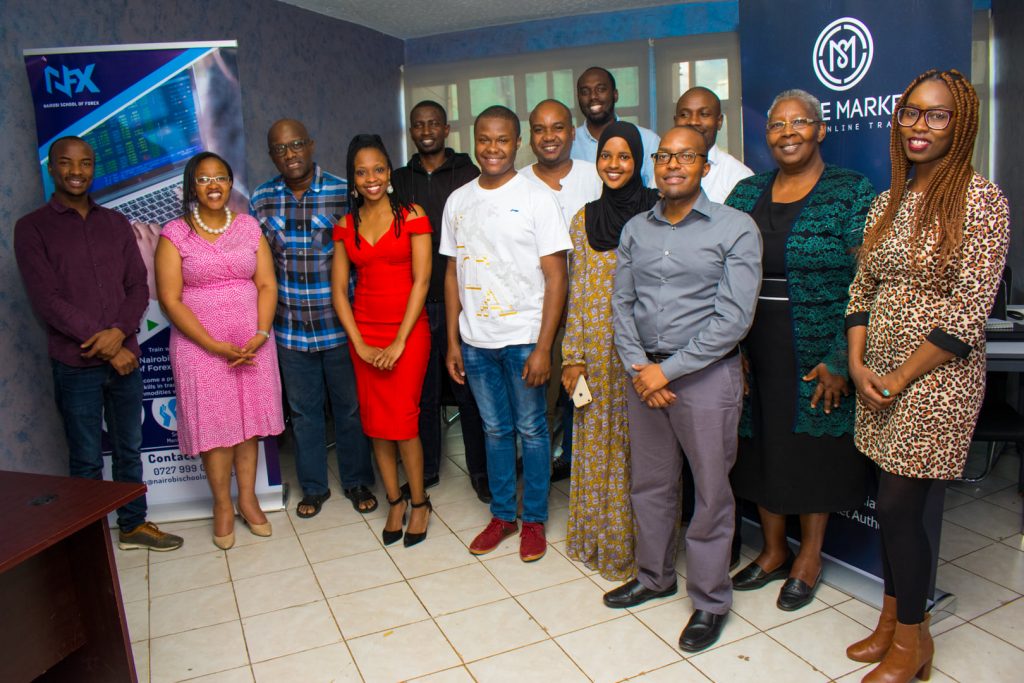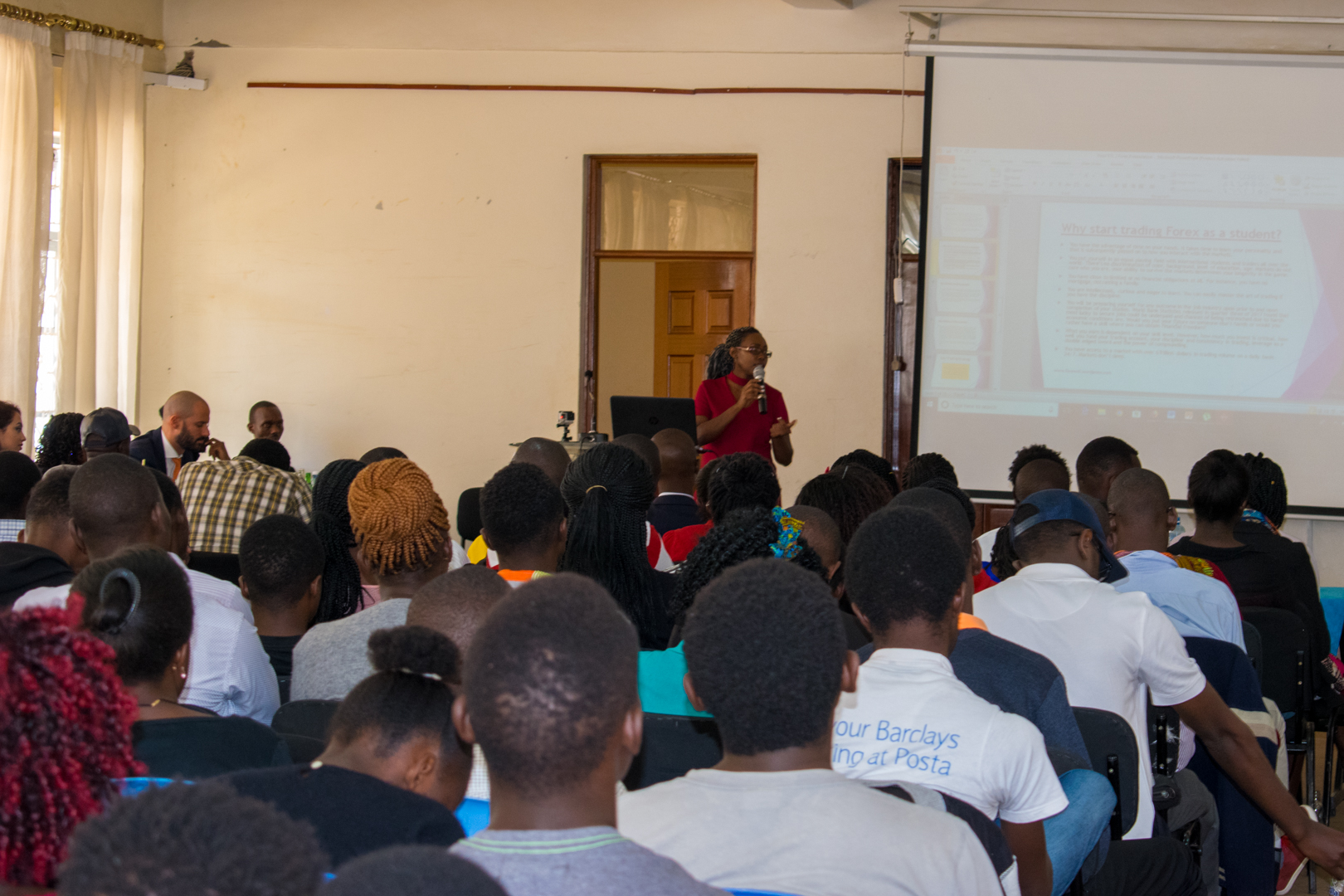The following is a book review of my key take-away lessons from chapters 13 to the end of one of
the women I admire most in the trading industry. We’ve done several reviews in the past
especially on audio interviews. You can find a backstory of the same on our previous
interviews. In February of 2022, we covered chapters 1-12 of Linda Raschke’s book Trading
Sardines. You can find the interview of our most recent interview with Linda on this link;
(https://youtu.be/vYLaWxuK7H0).
Zero attachment to trades come in handy to those who take trading as a business. One of
Linda’s favorite quotes from years of tape reading is to forget about a trade once executed.
In as much as market technicians all sorts of analysis from back testing to forward testing,
Linda emphasizes that she strongly believes that no one can forecast the market and be
right 100% of the time. This goes both for retail and institutional traders.
With advancement in technology over the years, trading has become a digital affair in a
small global community with access to internet. While this has propagated many players
across the world accessing more asset instruments, Linda’s still of the stand that technology
may offer more resources than ever before, however it’s the experience that has a greater
edge. This experience counts not in just knowing the markets, but in understanding your
own personal trading patterns. Nothing beats that.

Juggling trading with daily life outside of work can be quite daunting for most traders due to
the equal importance and commitment needed for both. An individual must be grounded in
balancing life as well as building a career path for oneself. Linda sort out the help of Mr. Bill
and took up working out as part of her routine which enabled her look forward to waking up
each morning to be in shape prior to delving in the markets.
The rules of trading and those of being in perfect health following a regular work-out
regimen are no different. Linda lived up to Mr. Bill’s lessons summarized as “stick with the
basics, follow a methodology, be consistent, use rituals to achieve consistency, concentrate
on your form, keep records of your progress and above all, practice positive thinking”. By
following these rules religiously, Linda won the middleweight division of South Florida
bodybuilding competition in 11 weeks.
Some of the best traders could be mistaken for being ruthless and cold when it came to
their relationships with other human beings. This could be because of extensive interaction
with markets. There was study done examining the emotional profiles of successful traders
to their emotional profile. The conclusion was, the longer the trader had been at in the
industry, the less their emotional sensitivity. They are less reactive and are high performers
under pressure.

Being able to separate work from personal is a trait that comes with time. From experience,
Linda a market wizard discovered that the energy of the markets controlled her entire life.
Quoting her; “This energy is subtle and insidious; we are not aware of how we come across
to others. Can you shut off that electric current when you walk out of your office? If not,
those around you may be getting zapped more than you realize”.
When Linda started playing big in the markets by managing funds of funds, she summarized
her system to three guidelines to tape reading and these are; The first is always watch price
to a reference point. It can be another price such as day’s opening, a daily swing high or low
or the level in which one entered a trade in which case it is static. It can also be an oscillator
or another market in which case the reference point is dynamic meaning it is always moving.
The second guideline to tape reading as per Linda’s execution was watching at what
moment the price stops going up or down. In essence, wait for the momentum to slow and
for the price to start trading in a few ticks’ range to establish support. Below that support
becomes your initial risk. A reaction must start quickly in the opposite direction. Finally, tape
reading is about watching for aberrations i.e., unusual activity, heavy volume, significant
gaps, anything out of the ordinary.

In the pursuit of putting in your 10,000 hours and burning the midnight oil, please don’t
forget that studies have been done demonstrating that sleep is the most important thing for
one’s health more than diet and exercise. As a rule of thumb, never trade when you’re tired.
This is because, when people experience chronic sleep deprivation, their cognitive abilities
are much worse than they think they are. The results are adverse severe performance
consequences.

It would be a disservice to end this book review without acknowledging that there’s more to
life than one’s choice of a career path. Linda had a daughter, a fiancé, and horses to keep
her balanced outside of trading all of which she invested quality time on. She has continually
expressed that some of her best trades were the ones made when she was recovering from
huge draw downs, and these have been a roller coaster of highs and lows in her career path.
Do yourself a favour and grab yourself a copy of Trading Sardines.
























